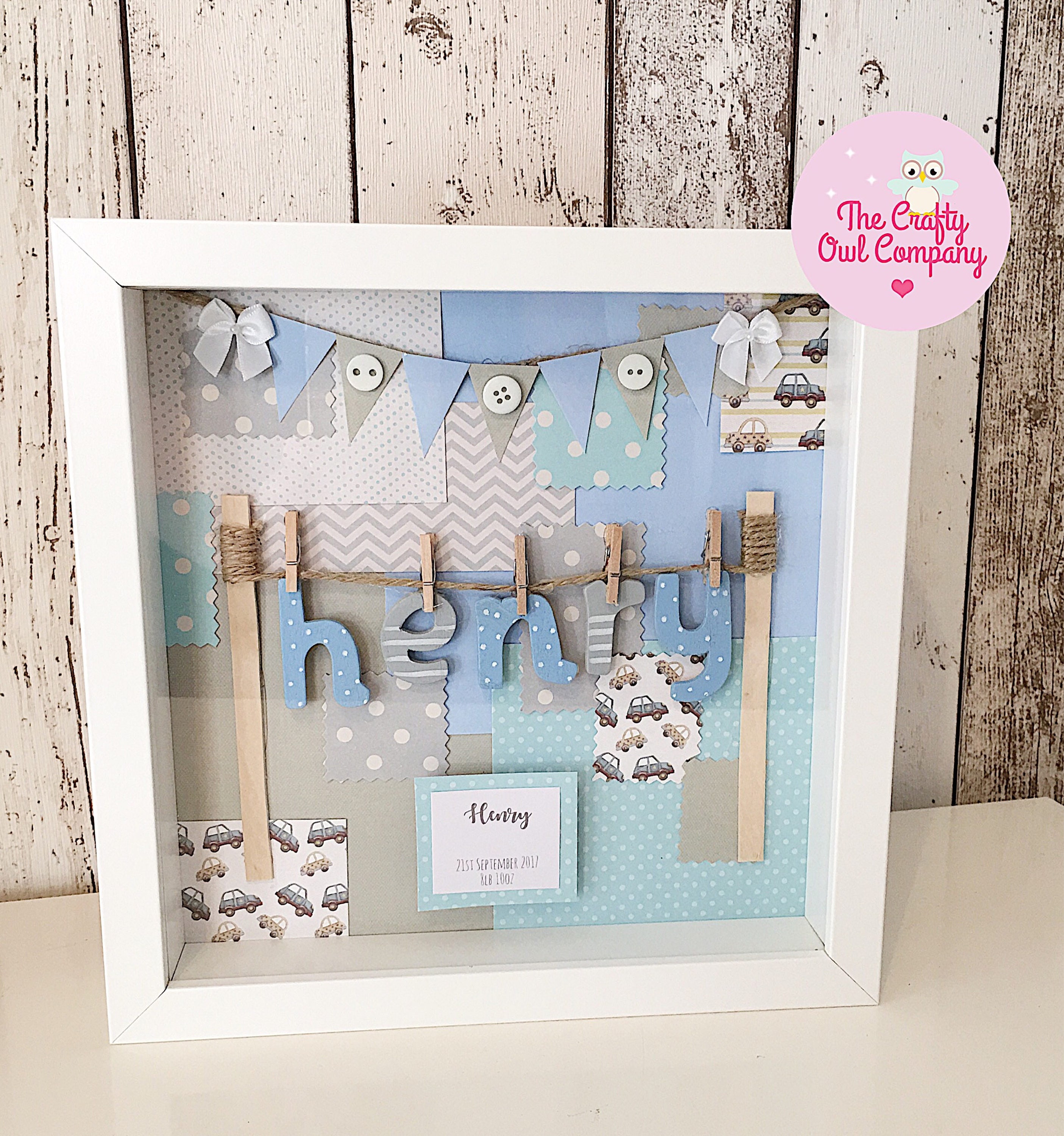How To teach Personalised Baby Gifts Like A professional
페이지 정보

본문
 6. Repotting: Over time, tropical houseplants may outgrow their pots and become root-bound. When this happens, it's important to repot your plants into a larger container with fresh, well-draining soil. Repotting can help to prevent root rot and give your plants room to grow.
6. Repotting: Over time, tropical houseplants may outgrow their pots and become root-bound. When this happens, it's important to repot your plants into a larger container with fresh, well-draining soil. Repotting can help to prevent root rot and give your plants room to grow.
Garden design has been an integral part of human culture for centuries, reflecting the values, aesthetics, and aspirations of different societies. The history of garden design is a fascinating journey through time, showcasing the evolution of styles, techniques, and trends. From the formal gardens of ancient civilizations to the picturesque landscapes of the Romantic era, the art of garden design has continually evolved to suit the needs and tastes of each era.
In recent years, houseplants have seen a surge in popularity among homeowners in the UK. From Instagram influencers to interior design magazines, it seems like everyone is jumping on the houseplant bandwagon. And it's no wonder why - not only do houseplants add a touch of nature and beauty to our indoor spaces, but they also offer a range of health benefits. In this article, we will explore the world of houseplants in the personalised gifts Uk, from choosing the right plants for your home to caring for them properly.
4. Fertilising: Houseplants benefit from regular fertilisation during the growing season, typically spring and summer. Choose a balanced, water-soluble plant food and dilute it according to the manufacturer's instructions. Be mindful not to over-fertilise, as this can cause build-up of salts in the soil.
In addition to their air-purifying and mood-boosting benefits, houseplants can also enhance the aesthetic appeal of our homes. With a wide variety of shapes, sizes and colours to choose from, houseplants can be used to add a touch of greenery to any room, whether it be a small succulent on a windowsill or a large fiddle-leaf fig in a corner. Plants can also be used to create focal points and add interest to a space, transforming blank walls and empty corners into vibrant and inviting areas that reflect our individual style and personality.
When it comes to choosing houseplants for your home in the UK, there are a few things to consider. The first is the amount of light that your space receives. Different plants have different light requirements, so it's important to match the plants to the natural light available in your home. For example, plants like succulents and cacti thrive in bright, indirect light, while ferns and peace lilies prefer shadier spots.
Another key factor to consider when choosing houseplants is the amount of care and maintenance they require. If you have a busy schedule or are new to plant care, opt for low-maintenance plants that require minimal watering and attention, such as pothos, succulents and cacti. On the other hand, if you enjoy tending to your plants and have the time to dedicate to their care, you may prefer more high-maintenance plants that require regular watering, pruning and fertilising, such as orchids, fiddle-leaf figs and peace lilies.
When it comes to choosing the right houseplants for your home, there are a few factors to consider. Firstly, think about the amount of natural light available in each room, as this will determine which plants will thrive in your space. Some plants, such as spider plants and peace lilies, prefer bright, indirect light, while others, like snake plants and ZZ plants, can tolerate lower light conditions. It's also important to consider the humidity levels in your home, as some plants, such as ferns and orchids, thrive in more humid environments.
One of the key benefits of having houseplants in our homes is their ability to improve air quality. Plants naturally remove toxins from the air through a process called photosynthesis, where they take in carbon dioxide and release oxygen. This can help to reduce the levels of harmful chemicals such as formaldehyde, benzene and trichloroethylene, which are commonly found in indoor environments due to household products and pollution. By having a variety of houseplants in your home, you can create a healthier and cleaner living space for you and your family.
In the 17th and 18th centuries, garden design in Britain underwent a series of transformations, influenced by the rise of the English landscape movement and the Enlightenment ideals of naturalism and rationality. Landscape gardens, such as those created by Capability Brown and Humphry Repton, sought to mimic the beauty and harmony of nature, with sweeping vistas, rolling lawns, clumps of trees, and serpentine lakes. These gardens were designed to evoke a sense of calm and serenity, in contrast to the formalism of earlier styles.
The Renaissance period saw a revival of classical garden design principles, inspired by the writings of Roman authors such as Vitruvius and Pliny. Italian Renaissance gardens, such as those at Villa d'Este and Villa Lante, featured formal layouts, axial symmetry, terraced levels, and elaborate water features. These gardens were designed to impress and delight visitors, showcasing the wealth and culture of their owners.
- 이전글A Look Into The Future What Will The How To Get Diagnosed With ADHD Industry Look Like In 10 Years? 24.09.28
- 다음글Why Asbestos Cancer Attorney Is Right For You? 24.09.28
댓글목록
등록된 댓글이 없습니다.